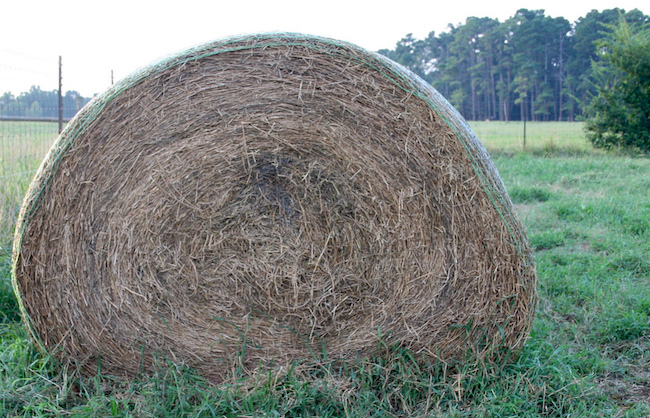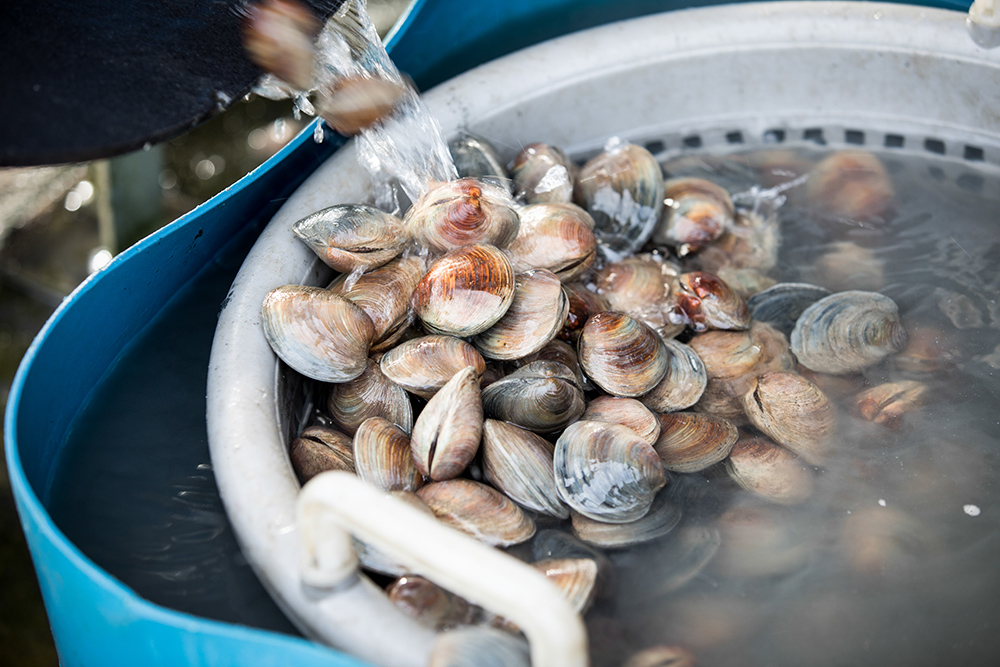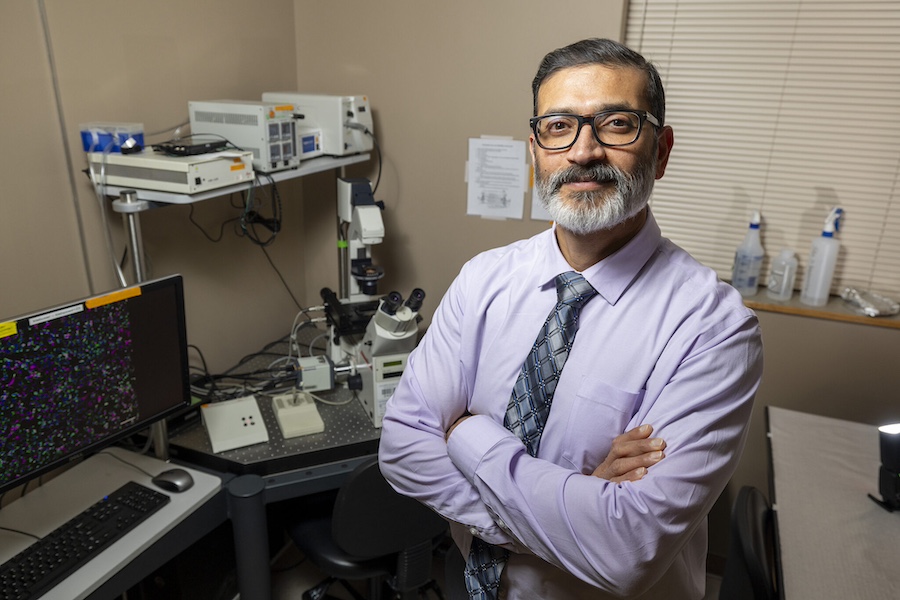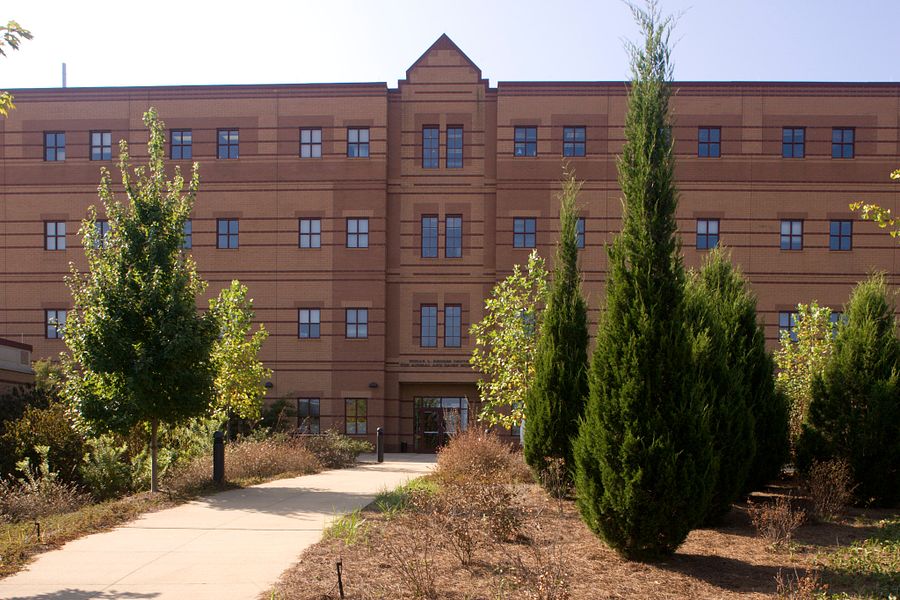Hay can’t be evaluated by touch, smell, color or any other on-the-spot technique. To get a true measure of forage quality, hay has to be tested.
At a recent meeting of the Wilkes County, Georgia, Cattlemen’s Association, bales of hay were on display for farmers to evaluate. The cattlemen did a lot of sniffing, feeling and visual appraisal, but no one came close to giving the precise information that was available through laboratory test results. In fact, the bale that was labeled of highest quality by the laboratory was not identified as such by any of the cattle producers at the meeting.
An important factor that is often overlooked is weight. Hay is most often sold by the bale, but bale weight varies greatly. Four bales, with similar appearances, were weighed before the meeting. Attendees did a little better at guessing bale weight than they did at choosing the highest quality hay, but they were not close enough to bale weight considering the consequences of a large hay purchase. The bottom line is that farmers don’t know how much hay they have if they don’t know how much a bale weighs.
Currently, forage sample results from the University of Georgia Agricultural and Environmental Services Laboratories in Athens, Georgia, contain an estimate of Relative Forage Quality (RFQ). This value is a single, easy-to-interpret number that improves a producer’s understanding of forage quality and helps to establish a fair market value for the product.
But how can RFQ help farmers? The RFQ allows hay producers to easily categorize and price hay lots by quality. Cattle producers can then purchase hay lots based on end use. For example, there is little need to feed high-end quality hay to livestock that could easily use a forage of more poor quality.
At the Wilkes County meeting, two farmers demonstrated their use of forage test results to sort hay into lots based on the nutritional needs of their cattle. Dry or pregnant cows get the hay testing of poorest quality. Lactating cows get the better quality hay.
Hay may not provide sufficient nutrition to cows in the latest stage of lactation, but with the aid of forage test results it’s easy to determine the most economical way to meet the animals’ needs.
If forage is managed properly, supplementation is often not needed. A frequent user of forage testing will soon learn how to adjust his/her management practices to increase RFQ values.
The average RFQ of hay samples coming through the Wilkes County Cooperative Extension office would probably be about 95. What’s the difference in hay with an RFQ of 95 versus that rated at 125? It would be the difference in eating a bologna sandwich instead of a prime rib with all the trimmings.
The UGA Agricultural and Environmental Services Laboratories also analyze feeds, foods, feed ingredients, natural waters and industrial wastewater. For more information about services from the lab, go to aesl.ces.uga.edu or call the lab’s program coordinator, Uttam Saha, at (706) 542-7690.








